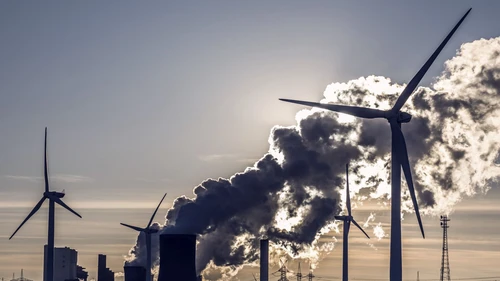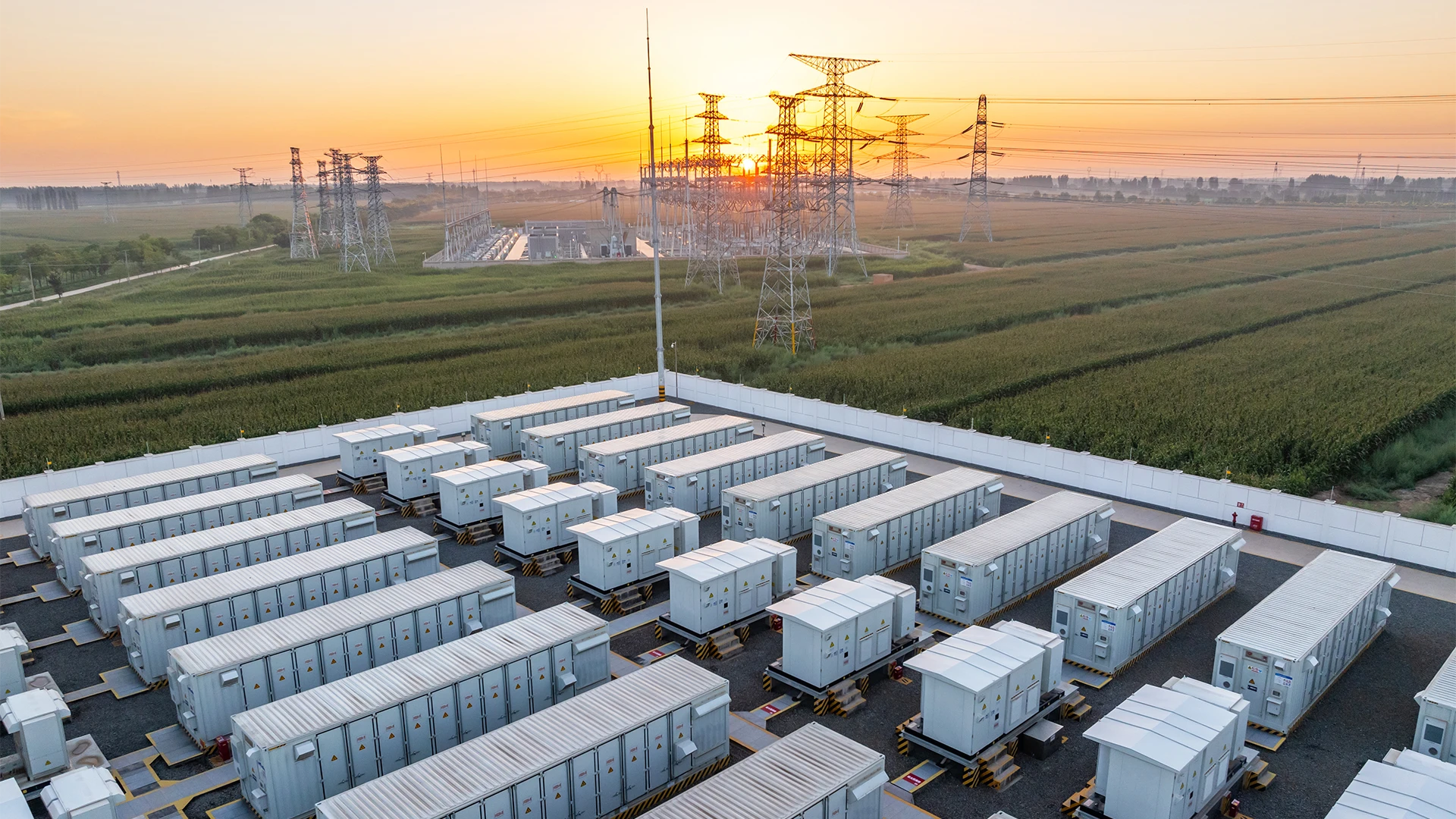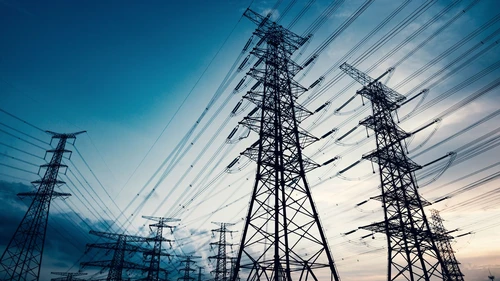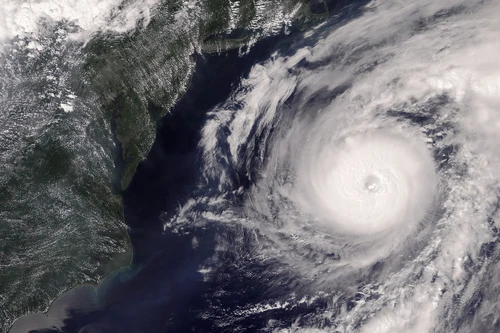Digitalisation and AI-driven optimisation
Digitalisation is transforming the Nordic power sector, enabling smarter, more efficient, and more resilient energy systems. Advanced digital tools are being deployed across the value chain, from generation and grid operations to market platforms and customer interfaces, enhancing transparency, automation, and responsiveness.
Central to this transformation are artificial intelligence (AI) and machine learning (ML) technologies. These tools enhance predictive maintenance, improve demand forecasting, and support real-time system balancing, including continuous balancing to maintain the system frequency at 50 Hz, which is critical for grid stability. Such capabilities are increasingly vital in systems with high shares of intermittent renewables. AI-driven analytics, ranging from machine learning models that forecast demand to autonomous agents that can make real-time operational decisions, optimize energy dispatch, manage distributed energy resources, and automate decision-making in complex grid environments.
Denmark, Finland, Norway and Sweden all have smart meter penetration exceeding 90%, enabling time-of-use pricing, load-shifting and distributed resource coordination.
Virtual power plants (VPPs) are emerging as a way to aggregate flexible loads such as EVs, heat pumps and industrial assets into dispatchable blocks. These developments mark a shift toward grid-edge services, where decentralised assets play an increasingly active role in balancing and stabilising the power system. However, VPPs are not yet widely deployed or scaled in the Nordics.
As digitalisation deepens, the integration of AI and decentralised technologies will be key to unlocking the full potential of flexibility, innovation, and resilience in the Nordic power system.
Offshore wind
Offshore wind is positioned to become a cornerstone of the Nordic energy transition, offering vast potential in the North Sea, Baltic Sea, and along Norway’s deep coastal waters. Technological advances in floating wind platforms are unlocking previously inaccessible sites, enabling deployment in deeper waters with stronger and more consistent wind resources.
New turbine designs, larger rotor diameters, and digital monitoring systems are driving efficiency gains and lowering costs. Coupled with high-voltage direct current (HVDC) transmission and smart grid integration, offshore wind farms are increasingly capable of delivering stable, large-scale renewable power to onshore systems.
While commercial hurdles remain, such as high upfront costs, supply chain constraints, and permitting complexity, ongoing innovation and regional collaboration are aiming to help overcome these barriers and accelerate deployment.
As permitting frameworks evolve and cross-border collaboration intensifies, offshore wind is set to play a strategic role in decarbonising the Nordic power mix and supporting regional energy security.




